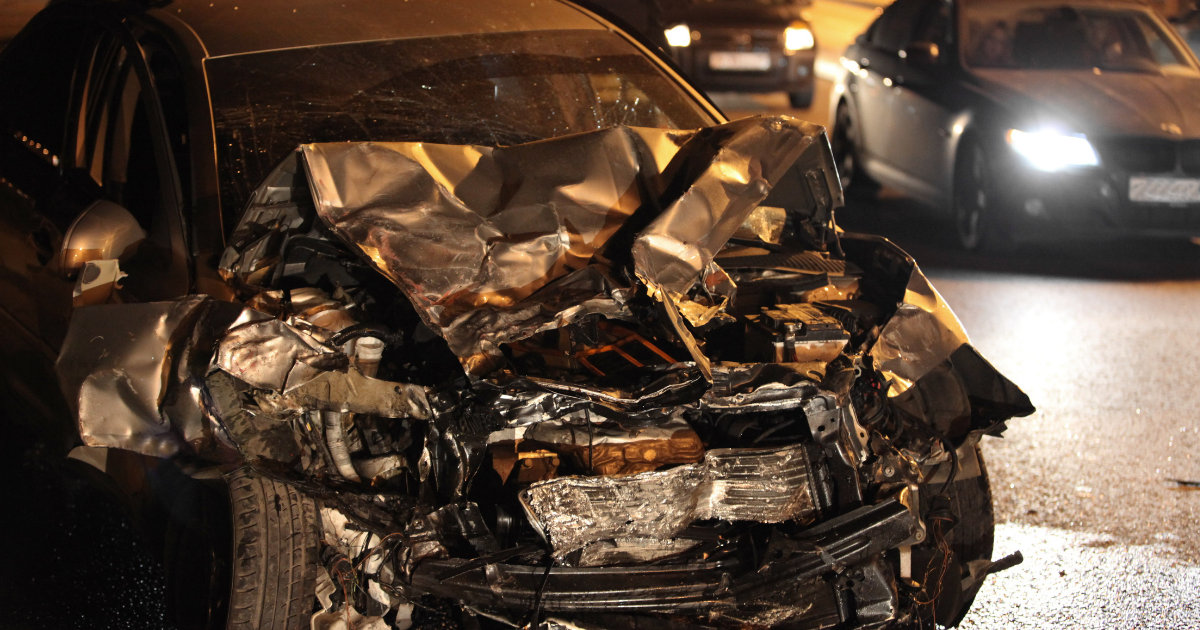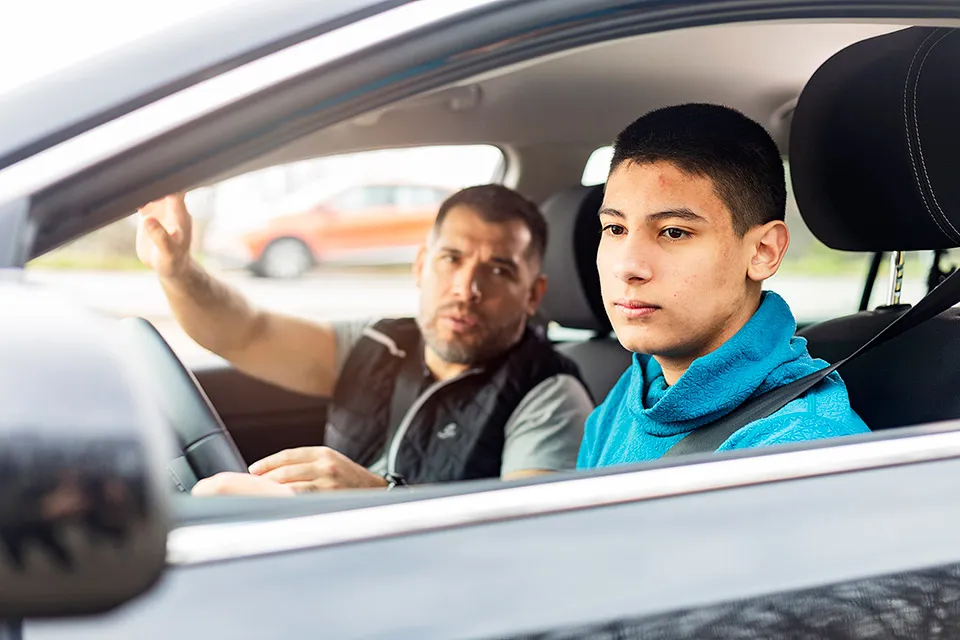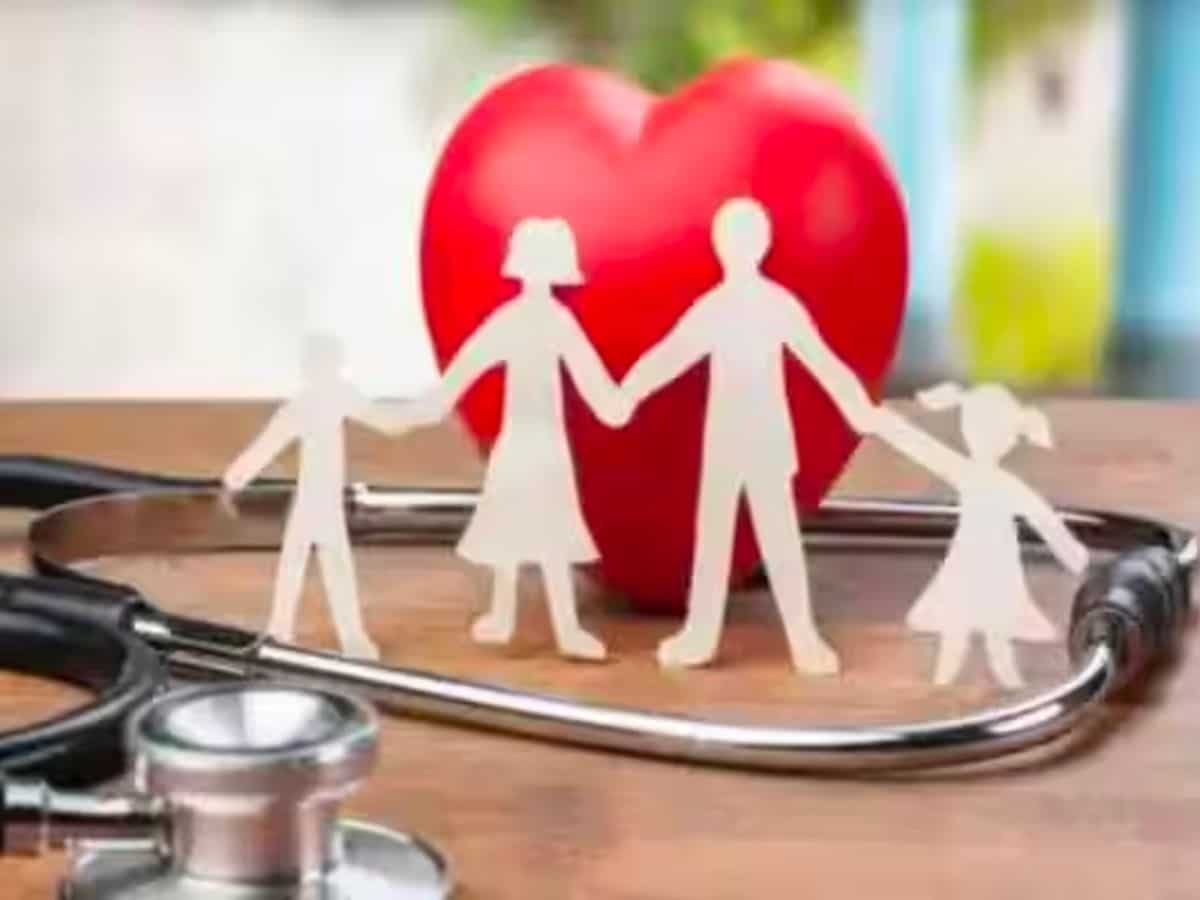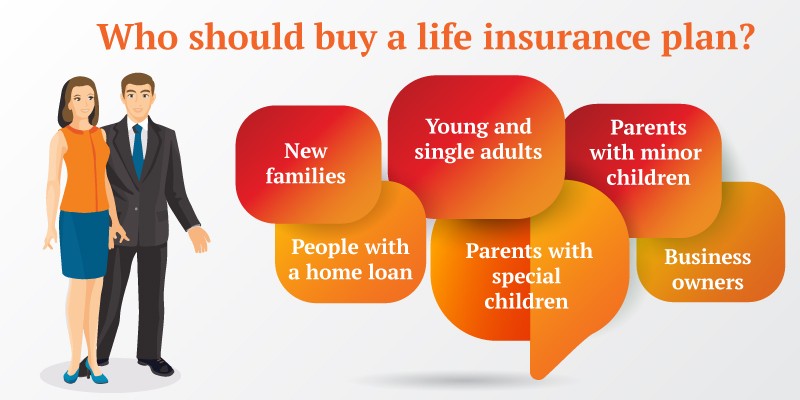New Year’s Eve Driving Safety Tips
New Year’s Eve is a time for celebration, fireworks, and, for many, travel. However, it’s crucial to remember that driving on this festive night comes with its own set of challenges

New Year’s Eve is a time for celebration, fireworks, and, for many, travel. However, it’s crucial to remember that driving on this festive night comes with its own set of challenges. The combination of increased traffic, potential for encountering drunk drivers, and unpredictable weather conditions can make the roads particularly hazardous. If you must drive, being prepared and vigilant is essential. Here’s a guide to help you navigate New Year’s Eve safely.
Is It Dangerous To Drive on New Year’s Eve?
Driving on New Year’s Eve is generally riskier than on other nights of the year. The primary reasons are the heightened presence of drunk drivers, increased traffic, and often adverse weather conditions. Alcohol consumption is a common part of New Year’s celebrations, leading to a greater likelihood of encountering impaired drivers. Additionally, the festive atmosphere often results in more people on the roads, which can contribute to congestion and accidents.
Weather conditions during this time of year can also pose a serious threat. Winter weather can bring snow, ice, or freezing rain, further complicating driving conditions. Combining these factors increases the overall risk of driving, making it essential to take extra precautions.
Common Driving Dangers on New Year’s Eve
Drunk Drivers
One of the most significant risks on New Year’s Eve is the increased number of drunk drivers. Celebrations often involve alcohol, and while many people make the responsible choice to avoid driving after drinking, not everyone does. The presence of drunk drivers on the road can dramatically increase the likelihood of accidents. If you plan to drink, ensure you have a safe and sober way to get home.
Increased Traffic
New Year’s Eve typically sees higher traffic volumes as people travel to parties, events, or family gatherings. This congestion can lead to more accidents, particularly when combined with the presence of impaired drivers. Patience and defensive driving become crucial when navigating through crowded roads.
Snow, Ice, or Freezing Conditions
Winter weather can turn a routine drive into a dangerous journey. Snow, ice, and freezing conditions can make roads slippery and reduce visibility. It’s important to drive cautiously and be prepared for sudden changes in weather that can impact driving conditions. Remember that weather-related accidents account for a significant percentage of traffic incidents each year.
Darkness
Driving at night, particularly on New Year’s Eve, presents its own set of challenges. Reduced visibility can make it harder to spot hazards and other drivers. Ensure your headlights are functioning correctly and keep your windshield clean to minimize glare and improve visibility. If possible, try to travel during daylight hours or avoid driving late at night.
Fatigue
Celebrating into the early hours of the morning can lead to driver fatigue. Tired drivers may experience slowed reaction times and impaired judgment, similar to the effects of alcohol. If you’re feeling drowsy, it’s safer to pull over and rest or find an alternative means of getting home.
Distractions
The excitement of New Year’s Eve can lead to various distractions. Fireworks, loud parties, and other celebratory activities can divert a driver’s attention from the road. Stay focused on driving and avoid letting external distractions affect your concentration.
New Year’s Eve Safety Tips for Drivers
Don’t Drink and Drive
Drinking and driving is never safe, but it’s particularly risky on New Year’s Eve. Even a small amount of alcohol can impair your coordination, reaction time, and decision-making abilities. To ensure a safe ride home:
- Pre-plan a designated driver: If you’re going out with friends or family, arrange for a sober driver in advance.
- Use public transport or rideshare services: Services like Uber and Lyft can provide a safe way to get home if you’ve been drinking.
- Consider hosting at home: Hosting a New Year’s Eve party can help you avoid the need to travel. If guests drink, offer them a place to stay.
- Prevent drunk driving: Take steps to ensure that anyone who has been drinking does not drive. Collect their keys and arrange for alternative transportation if necessary.
Have an Emergency Kit Ready
Being prepared for emergencies can make a significant difference if you encounter unexpected situations while driving. Keep an emergency kit in your vehicle that includes:
- Basic first-aid supplies: Bandages, antiseptic wipes, and other essentials.
- Bottled water and non-perishable food: To stay hydrated and nourished if you get stranded.
- Blankets: To keep warm in case of a breakdown or if you have to wait for help.
- Phone chargers and flashlights: For communication and visibility.
- Jumper cables: In case your battery dies, and a mobile jumper kit can be useful for starting your vehicle without needing another car.
Consider adding roadside assistance to your auto insurance policy for additional support in emergencies.
Be Cautious When Nighttime Driving
Driving at night requires extra caution, especially with the potential for bright headlights from other vehicles creating a visual hazard. To enhance safety during nighttime driving:
- Avoid staring into oncoming lights: Look to the right side of the road to avoid being blinded by bright headlights.
- Keep your windshield clean: A clean windshield reduces glare and improves visibility.
- Increase the distance from vehicles behind: Allow more space to react if needed.
- Slow down and avoid speeding: Reduced speed helps in better reaction times and increased safety.
- Pull over if necessary: If you’re feeling overwhelmed by driving conditions, it’s safer to pull over and let other drivers pass.
How To Get Car Insurance Before Traveling on New Year’s Eve
Before heading out for New Year’s Eve, it’s a good idea to ensure your car insurance is up to date and provides adequate coverage. To find the best insurance deal:
- Evaluate quotes from multiple providers: Compare quotes from three to five different insurers to find the best coverage at a competitive rate.
- Use services like SmartFinancial: These services streamline the process by allowing you to fill out one comprehensive form to receive quotes from various providers.
- Input your zip code: This helps you get a free insurance quote tailored to your location and needs.
FAQs
1. Is it safe to drive on New Year’s Eve?
Driving on New Year’s Eve presents unique risks, including increased drunk driving, heavy traffic, and challenging weather conditions. To enhance safety, avoid driving if possible, use public transportation or rideshare services, and take extra precautions if you must drive.
2. What are some common driving dangers on New Year’s Eve?
Common driving dangers on New Year’s Eve include the increased likelihood of encountering drunk drivers, higher traffic volumes, adverse winter weather conditions such as snow and ice, reduced visibility due to darkness, driver fatigue, and various distractions from the celebrations.
3. What should I include in my emergency kit for New Year’s Eve driving?
Your emergency kit should include first-aid supplies, bottled water, non-perishable food, blankets, phone chargers, flashlights, and jumper cables. These items will help you manage unexpected situations such as breakdowns or severe weather.
4. How can I reduce the risk of driving at night on New Year’s Eve?
To reduce the risk of nighttime driving, ensure your headlights are functioning properly, keep your windshield clean to reduce glare, maintain a safe distance from other vehicles, slow down, and avoid staring into oncoming headlights. If you feel uncomfortable driving at night, consider pulling over and letting other drivers pass.
5. What steps should I take to avoid drunk driving on New Year’s Eve?
To avoid drunk driving, plan ahead by designating a sober driver, using public transportation or rideshare services, or hosting your own celebration to prevent the need for travel. If someone in your group has been drinking, make sure they do not drive and arrange alternative transportation for them.
6. How can I find the best car insurance for New Year’s Eve travel?
To find the best car insurance, compare quotes from multiple providers and use services like SmartFinancial for a streamlined comparison process. Make sure to review your policy to ensure it provides adequate coverage for potential risks associated with New Year’s Eve travel.
7. What should I do if I encounter poor weather conditions while driving on New Year’s Eve?
If you encounter poor weather conditions, such as snow or ice, drive cautiously by reducing your speed, increasing following distances, and avoiding sudden maneuvers. Ensure your vehicle is equipped for winter driving, and consider postponing your trip if conditions are severe.
8. How can I stay alert and focused while driving after New Year’s Eve celebrations?
To stay alert while driving after celebrations, ensure you get plenty of rest before embarking on your journey. If you start to feel fatigued, pull over safely to rest or grab a coffee. Avoid driving if you are excessively tired, as it can impair your reaction times and judgment.
What's Your Reaction?
















